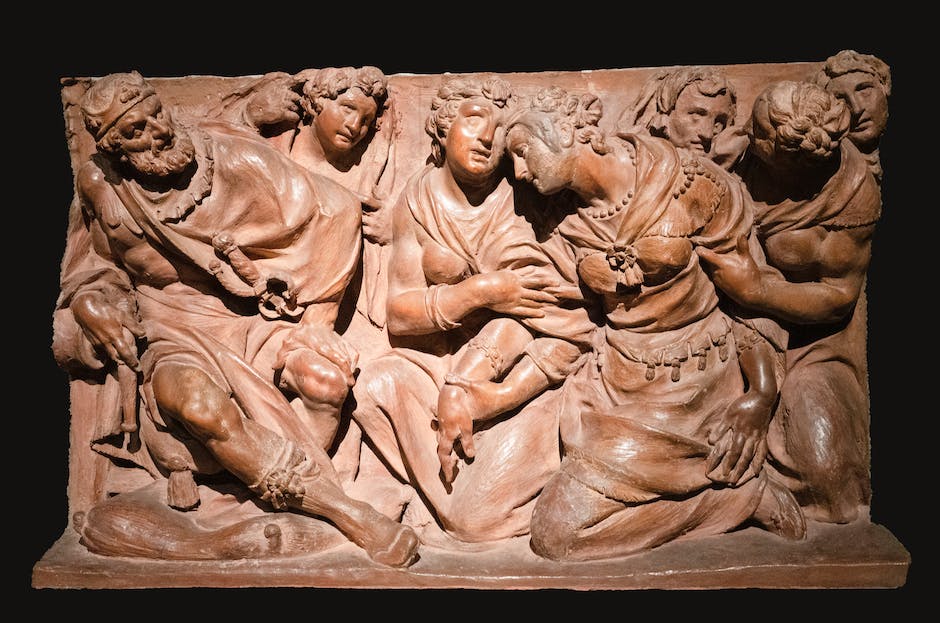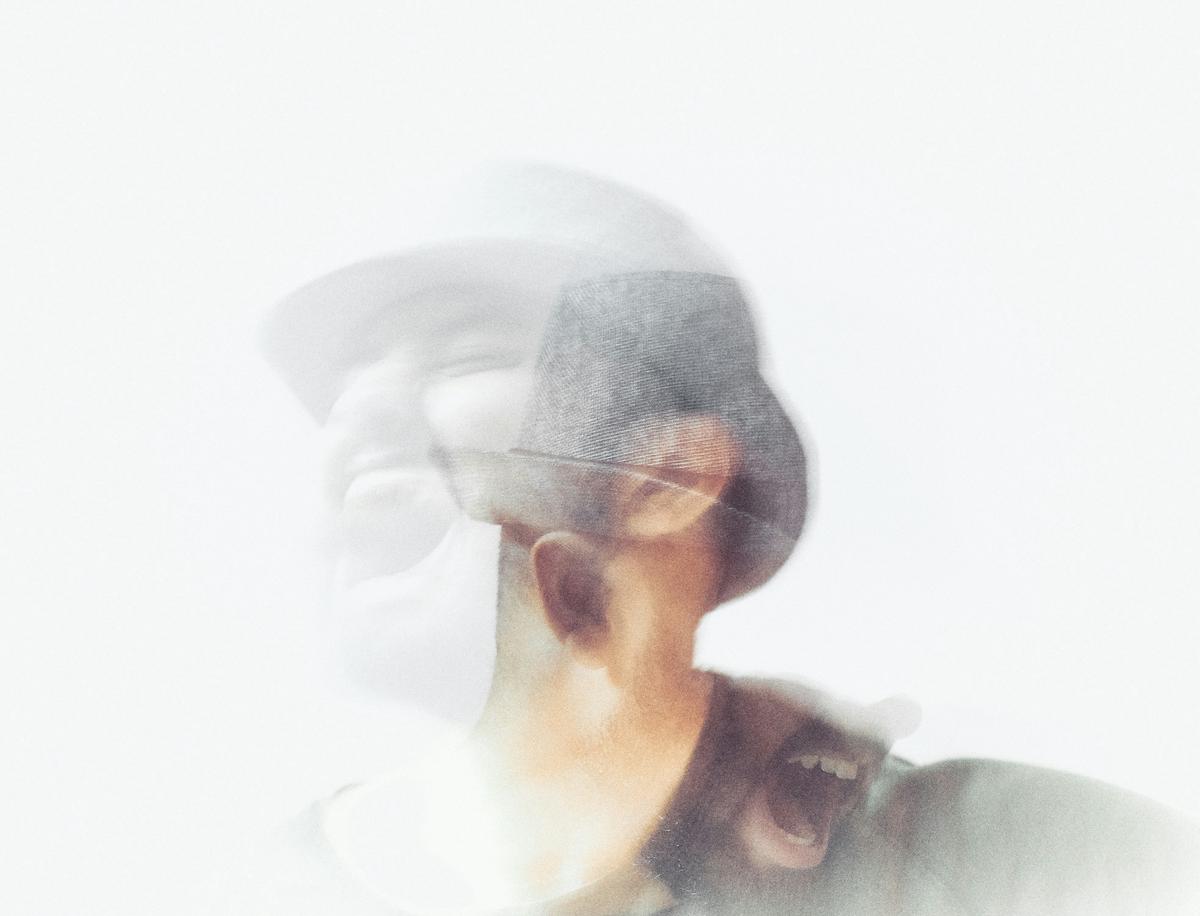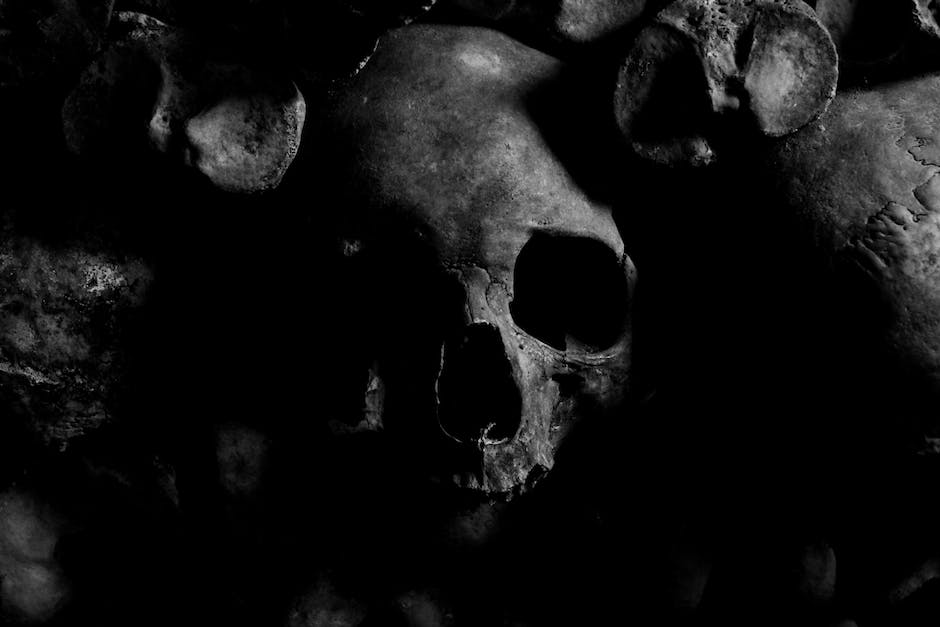Amidst the tumultuous landscape of 20th-century Europe, a canvas sprawled out, echoing the cacophony of war with each stroke of its creator’s brush. ‘Guernica’, the brainchild of Pablo Picasso, stands as not merely a painting but a poignant political statement, born from the ashes of the devastated Basque town that shares its name. The work’s genesis is inextricably linked to the Spanish Civil War’s brutal narrative, casting shadows that stretched beyond its borders and into the heart of a continent in turmoil. Picasso’s artistic genius manifested through this monochrome masterpiece, revealing an anguished cry against the barbarism of bombings—a horror that shattered lives and history alike. The journey into ‘Guernica’ commences with an exploration of the harrowing historical and political context that became the fertile ground for its inception.
Historical and Political Context of ‘Guernica’
The Genesis of Picasso’s ‘Guernica’: A Beacon of Artistic Response to Political Catastrophe
In the annals of art history, few works have spoken as powerfully about the atrocities of war as Pablo Picasso’s ‘Guernica’. This monumental piece, measuring an imposing 3.49 metres in height and 7.76 metres in width, is not merely a canvas painted with oil; it is a historical document that encapsulates the anguish and terror catalysed by the Spanish Civil War, particularly the bombing of the Basque town of Guernica on the 26th of April, 1937.
Picasso, already a renowned artist by this juncture, was living in France when news of the massacre reached him. The unprecedented aerial attack, carried out by the German and Italian air forces in aid of General Francisco Franco’s Nationalist forces, left the town in ruins and claimed innocent lives. The intensity of this event compelled Picasso to shift his artistic focus from the abstract and personal to the overtly political and universal. Engaged to create a mural for the Spanish Pavilion at the 1937 Paris International Exposition, Picasso found in the tragedy of Guernica a subject that would match the zeitgeist of his politically fraught era.
In considering the tumultuous political climate, one can observe that Picasso’s ‘Guernica’ is not a mere depiction of events but an emotive, almost palpable outcry against the horrors of war and the suffering it entails. Through its monochromatic scale, distorted figures, and disjointed scenes, the painting transmits the chaos and emotional intensity that embodied the Spanish Republican cause against the Nationalist onslaught.
Key symbols within the work, such as the gored horse, the fallen warrior, and the wailing woman cradling her dead child, serve as stark reminders of the impact of violence on both human beings and the spirit of a nation. The omnipresent bull, a subject of previous works by Picasso and a potent symbol within Spanish culture, stands as a mute observer to the carnage, suggesting both the brutality and the resilience inherent in the face of such destruction.
However, ‘Guernica’ is not merely a narrative of devastation; it is also a testament to the potential of art as an agent of political awareness and humanitarian advocacy. Picasso, through his mastery of form, composition, and symbolism, crafted a piece that transcends its immediate context to deliver a universal message regarding the nature of conflict and the resilience of the human spirit.
In synthesizing the artistic language of Cubism with a potent socio-political message, ‘Guernica’ stands as a shift in Picasso’s oeuvre and a pivotal moment in 20th-century art. The painting’s exhibition around the world has served as an enduring reminder and a powerful statement against the barbarity of war, influencing not only the trajectory of art but also the collective consciousness regarding the role and responsibility of the artist in society.
Art affords us the unique ability to transform individual tragedy into collective memory and, in that transformation, ‘Guernica’ has achieved a legacy far surpassing its immediate historical backdrop. The genesis of this masterwork amidst 1937’s political turmoil is the stark manifestation that in times of despair, art can prove to be the most eloquent form of resistance.

Symbolism in ‘Guernica’
In the realm of modern art, ‘Guernica’ emerges as a towering testament to the complexity of symbolic language and the potency of visual commentary. Beyond the canvas, the monochromatic palette of Picasso’s masterpiece belies a vivid and emotive expression of the human condition amidst conflict – a cacophony of forms and figures which transcend temporal boundaries to strike at the core of war’s suffering.
At the heart of ‘Guernica’ lies a myriad of symbols which coalesce to articulate Picasso’s impassioned message. Take, for example, the gored horse at the centre of the composition, writhing in agony. This creature, in the throes of death, stands as a chilling emblem of the brutalised innocents, the collateral toll of war’s savage inhumanity. Interpreted by some as a representation of the Spanish Republic, the horse’s suffering is palpable, evocative of a nation pierced by the barbs of conflict.
Adjacent to this poignant figure is the bull, an animal that carries with it a wealth of cultural significance within Spanish tradition. Amidst the discord of ‘Guernica’, the bull maintains a stoic presence, an immutable observer or perhaps an embodiment of brute force and darkness looming over the scene – a moot point that continues to kindle scholarly debate. What remains undisputed, however, is the gravity that this figure imports to the tableau, a counterpoint to the surrounding chaos.
Less overt, perhaps, but equally fraught with meaning, is the iconography of light within the painting. The harsh, angular illumination cast down by the bulb – rendered akin to an unblinking, malevolent eye – contrasts starkly with the candela clutched by the imploring woman on the far right. This dichotomy of light not only underscores the fissure between the horror of mechanised warfare and the human yearning for illumination and truth but also underpins the tension between technology and humanity, a foreboding allusion to the destructive capabilities of the era’s advancements.
Moreover, the dismembered limbs and fractured bodies that suffuse the space approach the viewer with an uncomfortable immediacy, charting a cartography of pain that resonates with the chaos of the atrocity itself. Each disjointed component of anatomy emerges as a metaphor for the disrupted lives, fragmented societal structures, and the ultimate evisceration of peace and order.
In the study of ‘Guernica’, one must also consider the deliberate omission of colour as a symbolic choice. Picasso’s reliance on a starkly limited palette serves to universalise the scene, stripping away the individuality conveyed by colour, and thereby transforming personal grief into a collective lament. The grayscale tableau thus becomes a symbolic equaliser, rendering the tragedy not as an isolated incident but a microcosm of human strife.
As a visual manifesto, ‘Guernica’ transcends the tenebrous boundaries of paint and canvas, mobilising these symbols to forge an arresting narrative borne of turbulence. The encoded motifs serve not merely as artistic accoutrements but as powerful linguistic tools, narrating a poignant story that galvanises the observer – inciting contemplation, fostering empathy, and acknowledging the intrinsic cost of conflict.
The symbols within ‘Guernica’ are not static; they evolve with time, acquiring new layers of interpretation and resonance with each subsequent viewing. Such is the enduring message woven into this tapestry of trauma and testament, a dialogue without words that continues to inform and influence to this day.

Picasso’s Artistic Technique in ‘Guernica’
Exploring the Artistic Techniques Behind Picasso’s Masterpiece ‘Guernica’
In the realm of art, technique and methodology are as paramount as the message conveyed. In Picasso’s ‘Guernica’, the methods employed not only facilitate but deeply enrich the painting’s communicative power. Picasso, a master of innovation, amalgamated numerous styles and techniques to birth this magnum opus.
Cubism, which Picasso himself co-founded with Georges Braque, is evident in ‘Guernica’. This technique breaks down objects and figures into distinct shapes and planes, presenting multiple viewpoints simultaneously. Here, the fragmented rendering of forms echoes the chaos and fragmentation wrought by the bombing of Guernica. This multi-faceted perspective allows viewers to engage with the work from various angles, both visually and emotionally.
Picasso also utilized the technique of collage – albeit in a painterly fashion. Elements in the painting are superimposed and overlap, mirroring the way materials are assembled in a collage. This juxtaposition creates a dense composition, igniting a sense of disarray emblematic of the horrors faced by the inhabitants of Guernica.
Exemplary of surrealism’s influence is Picasso’s distortion of figures and space. Surrealism seeks to unlock the creative potential of the unconscious mind; in ‘Guernica’, this finds expression in the distorted, dreamlike beings suffering within the nightmarish landscape. Though Picasso was not a surrealist, the grotesque distortions of human and animal forms – such as the stretched-out mother and child – introduce a subconscious and emotive layer to the narrative.
Another notable technique is Picasso’s use of contour lines. These strong, delineating outlines encapsulate forms and guide the viewer’s eye throughout the canvas. The contours in ‘Guernica’ are particularly impactful, sharply defining the tortured shapes and guiding the viewer through the interconnected torment of the figures.
One must mention the role of scale in this painting. While ‘Guernica’ impresses with its monumental size, within it, the scale of figures is employed to convey significance. The gargantuan, looming bull and the stifled, tragic figures command attention differently, their relative sizes adding a layer of commentary on helplessness and domineering forces.
The void of color is purposeful too. Picasso’s use of a muted, grayscale palette mimics the effect of a photograph – a medium commonly associated with documentation and, at the time, with the dissemination of news. The starkness of black and white enhances the painting’s dramatic quality and lends it a timeless character, allowing it to transcend specific temporal or locational bounds.
Lastly, the dynamic composition of ‘Guernica’ captures the turmoil and frenzy of the subject matter. The diagonal lines and sharp angles convey movement and dissonance, driving home the chaos and violence of the scene depicted. This scattered arrangement of elements in the space of the canvas creates a rhythm that is almost palpable – the viewer can almost hear the cries, the devastation, the cacophony captured in stillness.
Artistic technique forms the backbone of any piece’s communicative potential. In ‘Guernica,’ Picasso’s deft employment of these various techniques coalesces to create a work that is not only an account of a specific historical event but a lasting emblem of the human experience in the face of war’s devastation. The conglomeration of Cubism, elements of collage and surrealism, bold contour lines, intentional scaling of figures, a stark monochromatic scheme, and the energetic, almost volatile composition, all serve to embed ‘Guernica’ into the conscious and subconscious minds of those who encounter it, etching its message indelibly into the fabric of humanity’s collective understanding of suffering and the plea for peace.

Photo by kellysikkema on Unsplash
The Creation Timeline of ‘Guernica’
The rapid creation timeline of ‘Guernica’ provides a unique insight into the remarkable efficiency and determination with which Picasso approached his craft. Within an incredibly short span—approximately six weeks—Picasso managed to conceptualize and execute one of the most monumental and harrowing masterpieces of the 20th century. What does this reveal about his process?
Firstly, the expedited timeline demonstrates Picasso’s capacity for decisive action and his unparalleled ability to harness creative momentum. The urgency of the situation—the bombing of Guernica and the Spanish Civil War—necessitated a prompt response. Prolonged contemplation was replaced by the immediacy of expression, a testament to Picasso’s unwavering commitment to engage with contemporary events.
Secondly, Picasso’s adeptness in synthesizing complex themes into a coherent visual language is evidenced by the accelerated genesis of ‘Guernica’. He was able to swiftly distill the horror and chaos of the incident into a sweeping narrative. This ability to condense and convey intricate ideas rapidly suggests a deep, intuitive understanding of both artistic principles and human empathy.
Furthermore, the elemental conditions employed for the creation of ‘Guernica’—a spartan black, white, and grey palette, and the stark, over-life-size canvas—reflect a disciplined restraint and focused intensity. It is indicative of a process that is both calculated and spontaneous, where deliberation is complemented by the raw energy of emotive impetus.
Additionally, Picasso’s methodological versatility is highlighted by his integration of Cubist, Surrealist, and Expressionist styles to communicate the fragmented realities of the war-torn landscape. His adaptability, shifting from meticulous detail to abstracted forms fluidly, underpins the painting’s visual potency and narrative depth.
The rapid timeline also underlines the importance of experience and mastery of one’s craft. Picasso’s years of exploration in different artistic movements and techniques allowed him to quickly assemble these visual elements—a vocabulary of shapes, lines, and symbols—in an arresting and coherent composition. His previous explorations of political themes acted as a scaffold upon which ‘Guernica’ was rapidly constructed.
Lastly, the rapid execution of ‘Guernica’ illuminates the profound emotional reservoir from which Picasso drew. The connective tissue between artist and artwork became a conduit for a visceral outpouring of grief, outrage, and compassion. Within a condensed period, Picasso weaved a tapestry of suffering and resilience, a decisively anti-war statement that speaks to the core of human experience.
In offering ‘Guernica’ to the world with such swiftness, Picasso underscored the duty of the artist as witness and commentator. The prompt creation not only served the immediate political and cultural needs but also sealed ‘Guernica’s’ timeless relevance as a stark reminder of the tragedies that wars inflict upon humanity. The painting stands as evidence of an artist who could convert the raw immediacy of feeling into a visual lexicon with enduring global resonance.

‘Guernica’s’ Reception and Legacy
‘Guernica’ and the Shaping of Historical Consciousness
In the realm of historical representation and the broader discourse on the human cost of conflict, ‘Guernica’ emerges as a paramount illustration of the intersection between art and collective consciousness. Its influence extends beyond the frontiers of visual arts into the shaping of historical memory and the manner in which societies engage with the legacy of war.
Art, in its myriad expressions, possesses the extraordinary capability to both reflect and shape public sentiment. Through its acute dissection of anguish and its evocative portrayal of the horrors of the Spanish Civil War, ‘Guernica’ has etched itself into the conscience of observers, rendering a mural-sized mirror to humanity’s capacity for destruction. The harrowing tableau continues to resonate with viewers, transcending the specific tragedy of Guernica to become an emblematic denunciation of wartime atrocities globally.
In educational settings, ‘Guernica’ has proven to be an indispensable pedagogical tool. It serves not only as an entry point into the study of the Spanish Civil War but also as a framework through which the effects of war on civilians can be interrogated and understood. The piece invites critical thinking about the nature of state violence and the oft-omitted narratives of victims, thus fostering a more comprehensive study of history and conflict.
Furthermore, ‘Guernica’s’ compelling narrative and aesthetic has permeated popular culture and media. Its motifs have been reinterpreted in an array of media, from film and photography to literature, and thus it has perpetuated a dialogue on the nature of war far removed from the temporal confines of its creation. The dialogue that Picasso ignited with his brushstrokes continues to be revisited and recontextualized by artists grappling with current and past conflicts, ensuring that ‘Guernica’s’ legacy prevails in contemporary discourses.
It is also pertinent to observe that ‘Guernica’ has fostered an engagement with the moral responsibility of the artist. The work stands as a testament to the conviction that art must not shield away from societal afflictions but rather confront and challenge the status quo. This perspective germinated in the wake of ‘Guernica’s’ unveiling, inspiring a tradition of artist-activists who heed the call to meld aesthetics with a probing social consciousness.
Lastly, the transcultural appeal of ‘Guernica’ has expanded the interpretative scope of the painting, allowing subsequent generations to graft their own experiences onto its canvas. This characteristic underscores art’s capacity to converse across epochs and cultural boundaries, presenting a universal language of empathy and resistance.
In sum, ‘Guernica’ has galvanized an enduring consideration of the tragedies of war while simultaneously propagating a steadfast resilience against historical amnesia. By fostering a dynamic reflection upon the nature of conflict and memory, it continues to mould individual and societal perceptions of war, demonstrating art’s inimitable role in the contouring of historical awareness.

As the annals of history unfurl before our eyes, imbued with never-ending skirmishes and cries for peace, the solemnity of ‘Guernica’ endures, its message resounding with a clarity that transcends time. Picasso’s testament to the horrors of the Spanish Civil War, etched in shades of despair and resistance, continues to resonate, a sentinel in the art of remembrance and a beacon of hope against repeating the atrocities of the past. Through an intricate lattice of symbolism and deft artistic technique, this emblem of human anguish and declaration of hope lives on, its echoes vivid as it challenges us to reflect and respond. As ‘Guernica’ stands in silent witness to bygone tragedies, it concurrently holds the gaze of future generations, a reminder of the enduring human spirit amidst the cruelties of war.





















